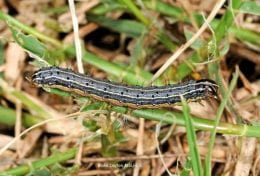
Most of us designate life insurance, retirement and other beneficiaries when we are first hired for a job. As we focus on our careers and changes within our lives, those designations often become afterthoughts.
If you were asked today who your beneficiary is, would you know with certainty? If you have had any life changes since your last designation, it may be time to update your beneficiaries. Is your beneficiary an ex-spouse or someone who has fallen out of favor? Did you know that your beneficiary designations can be updated anytime?
To ensure you have the most up-to-date designation for your beneficiary(ies), it is recommended to complete or submit an updated beneficiary form if one of the following events occurs:
- Begin employment
- Retire or terminate employment
- Changes in marital status, including marriage and divorce; birth or adoption.
- A death within your family or of a designated beneficiary.
- At any time you are unsure of your designated beneficiary(ies).
By: Brenda Langdon


 Summer is filled with colorful fruits and vegetables, from watermelon to melons, tomatoes to greens, and many more. It’s the season to indulge in foods that are tasty and good for you, too.
Summer is filled with colorful fruits and vegetables, from watermelon to melons, tomatoes to greens, and many more. It’s the season to indulge in foods that are tasty and good for you, too.